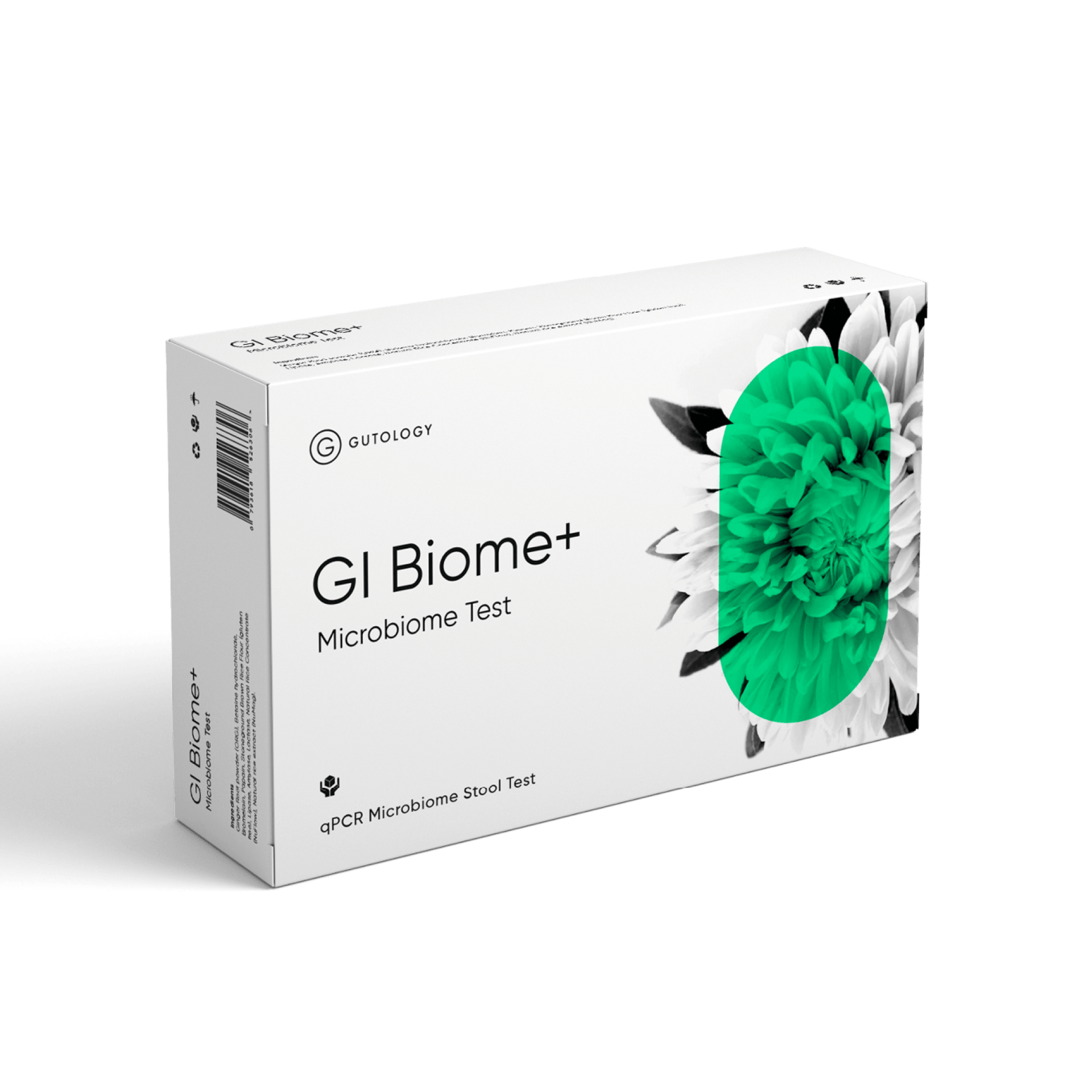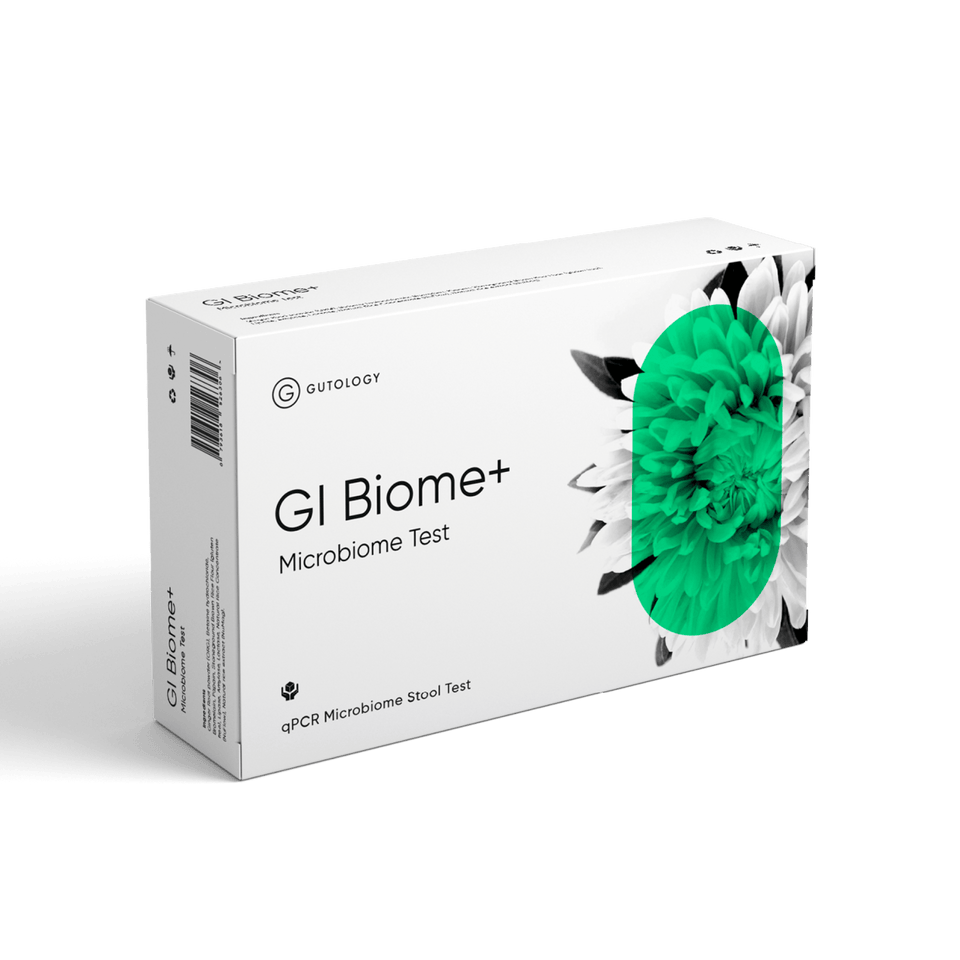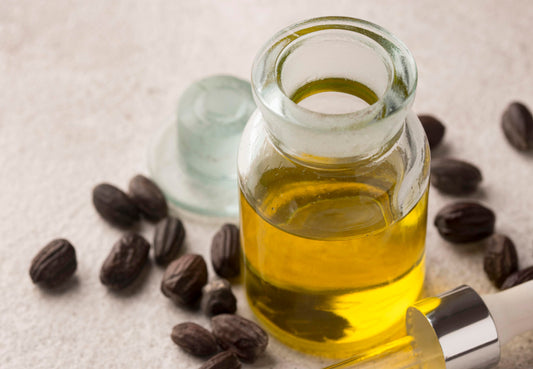Atopic eczema (atopic dermatitis) is the most common form of eczema, characterised by itching with redness, scaling, weeping and thickening of the skin. It can occur anywhere on the body but is often found on the face, scalp, and the bends of the elbows, knees and wrists. Most commonly it first appears in childhood, often in the first year of life. While many people will grow out of eczema, for others it can be a long-term problem. The inflammation of eczema is an indicator of an over-active immune system that is reacting inappropriately. When there is an over-active immune system, it can often show up in the skin.
Why might foods like dairy worsen eczema?
Eczema’s link to milk and cheese was described by Hippocrates in 375 BC, since then many studies have shown that dairy and other foods commonly worsen eczema.1 Around 50% of food reactions in children with eczema occur to dairy.2 There are several ways in which dairy (or other foods) might cause or worsen eczema.
One of the key tasks of the gut is to train the immune system not to react to common foods. It does this by exposing immune cells to foods as they pass by the tonsils and through the intestines.3 Failure of this system to train immune cells that dairy foods are “safe” can cause an immune reaction to dairy, which may manifest as eczema.
At birth, the baby’s gut is becoming populated with her own unique range of gut micro-organisms. Some of these micro-organisms are involved in training the immune system, and studies suggest that an unhealthy population of gut bugs can increase the risk of developing eczema:4
- First, the balance of gut bacteria influences the balance of skin bacteria. As food strongly influences the balance of gut microbes, this could be a way in which food can affect eczema.
- Second, altered gut bacteria can make the immune system more “trigger-happy”. A healthy gut prevents undigested food particles and undesirable substances or microbes from crossing through the gut into the bloodstream. When this barrier fails, we have what is sometimes called “leaky gut.” The presence of these substances in the bloodstream can trigger the immune system to react and cause inflammation that appears in the skin.5,6 The barrier function of the skin and the gut are linked: essentially the gut lining is an extension of the skin. It’s been shown that we can develop an immune response to foods via exposure to them on the skin, such that eating that food will later cause an immune reaction.4
Dairy foods can impact the gut in several ways:
The protein component of dairy foods can affect the gut, both by causing an allergic reaction in some people, but also by causing non-allergic gut inflammation, which appears to be stronger with the type of protein found in most cows’ milk.7
Further, dairy proteins exist in a form that appears to make them more likely to trigger an allergic reaction than many other food proteins.3 In addition, cow’s milk may adversely affect the gut bacteria.7 Around 75% of the world population loses the ability to digest lactose (the sugar in milk) in adulthood. Continuing to consume milk will cause gut inflammation, diarrhoea, abdominal pain and bloating.8
Dairy and eczema
Eczema reactions can occur up to 24 hours after consuming milk in sensitive people.5,9 When tested, not all of these reactions were due to a true allergy to milk – as one might expect given the different effects of dairy mentioned above. Despite the links between consuming dairy products and eczema, studies of excluding dairy in eczema sufferers have not shown clear benefits.10-13 This is likely due to there being many factors that contribute to the severity of eczema and addressing only one component may not be enough to achieve significant improvements.
Should I avoid dairy?
Avoiding dairy may help in some cases of eczema, particularly where there is a suggestion that gut health is a factor. However, this needs to be done in combination with other measures to improve gut health and reduce triggers.
Eczema is most common in young children, who may be relying on dairy for much of their nutritional needs. Therefore, any exclusion diet in this group needs careful supervision by an expert in nutrition to ensure their diet remains complete and the child’s growth and health is not adversely affected.12 There is also a risk that replacing cow’s milk with alternative milks may trigger allergies to the alternative milk: an increase in allergy to soy, goat and sheep milk has been noted among children who are avoiding cow’s milk.14
What about calcium?
Calcium is essential to maintain healthy bones and teeth, as well as many other processes within the body, including nerve, heart and muscle function and blood clotting. Worries about the impact on removing dairy on bone health have been laid to rest by several studies indicating that there is no link between the amount of milk consumed and risk of bone fractures.15,16 Although dairy products are a source of calcium, the following foods also supply a significant amount, such as:
- Dark green leafy vegetables – spinach, kale, cabbage, watercress
- Broccoli
- Celery
- Fish that are eaten with bones (e.g., canned sardines, mackerel and salmon, whitebait, anchovies)
- Mineral water.
If you are experiencing problems with eczema and wish to try excluding dairy and other foods that can contribute to gut inflammation, speak to one of out Gutologists in the live chat to access our 6 Week Plan.








